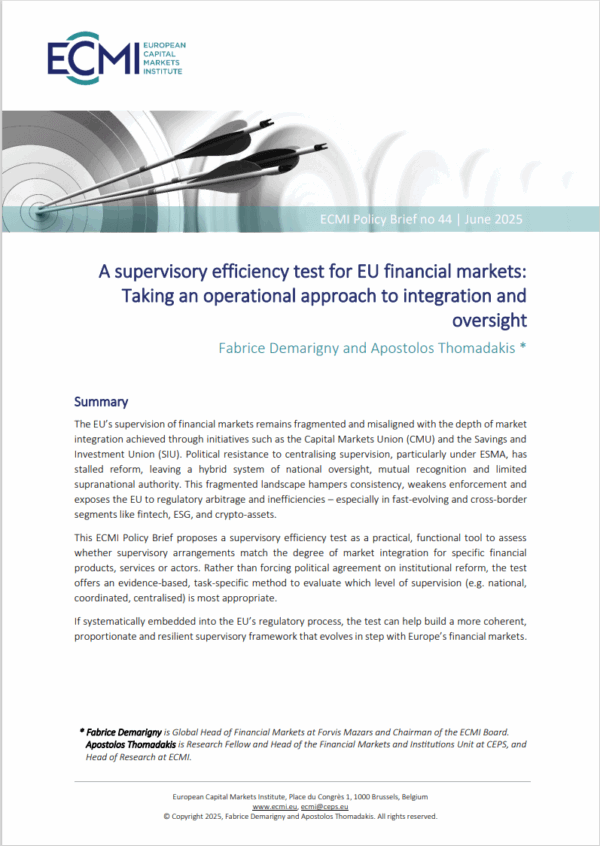The journal Intereconomics, published bi-monthly by CEPS and the Leibniz Information Centre for Economics (ZBW), features articles dealing with economic and social policy issues affecting Europe. Each issue contains a Forum section offering an in-depth exploration of a selected topic. All contributions to the Forum section in each issue, as well as the Editorial, are available for free downloading from the CEPS website at the links below (for full content, see www.intereconomics.eu).The May-June 2015 Forum addresses the steps that need to be taken to create a new European industrial policy. What are the structural challenges that need to be addressed? What are the instruments of the EU’s industrial policy? And should the EU be engaged in picking winners, or is the market better at making such judgements?
Abstarct: One lesson of the Great Recession has been that countries with higher shares of industry in their GDP seemed to be less affected by the crisis. Consequently, the call for an industrial renaissance has become stronger. Industrial policy has now become a top priority in countries where it was not explicitly considered in the past. A strong EU-wide industrial policy is expected to foster growth and job creation. However, cultivating industrial development is a complex challenge.
Authors: Erik Berglof, Mariana Mazzucato, Mario Cimoli, Giovanni Dosi, Joseph E. Stiglitz, Michael A. Landesmann, Mario Pianta, Rainer Walz, Tim Page and Allan H. Meltzer.
Editorial: Why This Time Is Different for Ukraine
By Erik Berglof
Forum: Which Industrial Policy Does Europe Need?
By Mariana Mazzucato, Mario Cimoli, Giovanni Dosi, Joseph E. Stiglitz, Michael A. Landesmann, Mario Pianta, Rainer Walz, Tim Page.
Letter from America: The QE Trap
By Allan H. Meltzer
Quantitative easing (QE) is the latest central bank fad. After years of QE by the US Federal Reserve, the Bank of Japan, the Bank of China and the European Central Bank have adopted their versions of the policy. The immediate effect was a depreciation of each exchange rate and an increase in some measures of monetary growth. I will discuss the US experience and ECB problems here.












